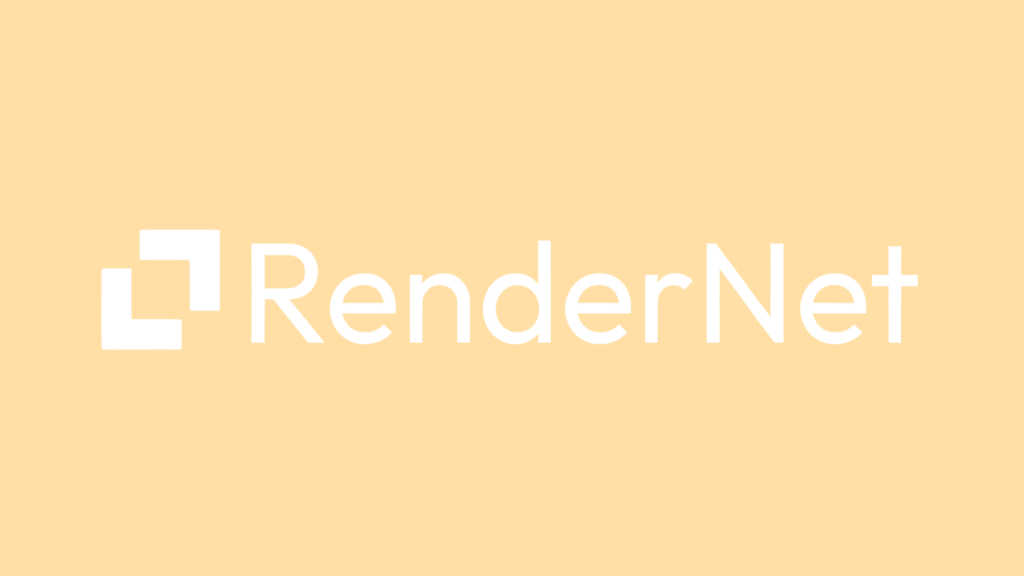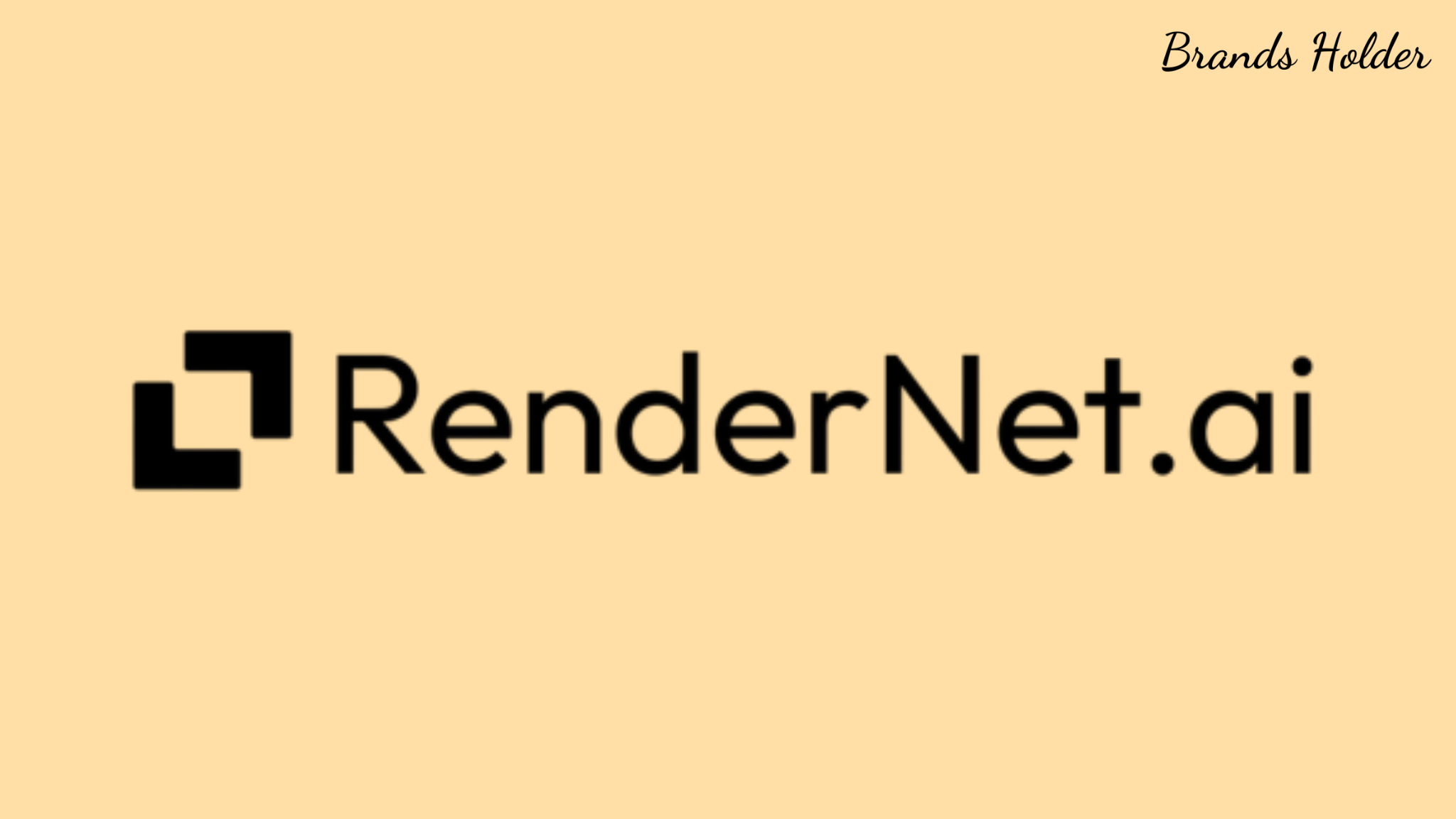RenderNet AI proves itself far beyond a basic image generator. The platform earned an A+ rating in prompt accuracy and packs over 100 Stable Diffusion models into one powerful tool.
The standout features make RenderNet AI truly useful. FaceLock and ControlNet handle advanced image control, while 50 free daily credits let new users test everything. The $9 monthly plan unlocks character creation tools and video features, including lip-sync support across 25 languages.
This review shows exactly what RenderNet AI delivers based on my hands-on testing. You’ll see real examples, clear pricing details, and honest insights about the tool’s performance for different needs.
RenderNet AI Pricing: Plan Options and Features

RenderNet AI offers four main subscription plans that match different user needs. Each plan packs specific features and credit amounts.
The Basic Plan costs $9.00 monthly and gives you 400 credits with 80 Flux images. You get Video Face Swap, 1.5 minutes of narration video, and 8K upscale features. The Standard Plan jumps to $24.00 monthly with 2,000 credits, 400 Flux images, and commercial usage rights.
The Ultra Plan runs $69.00 monthly and includes 7,000 credits that roll over each month. Power users can pick the Elite++ Plan at $250.00 monthly for 20,000 credits.
Yearly billing saves you 40% on any plan. New users start with a free tier offering 50 monthly credits to test the platform.
The Standard Plan stands out as the best value option. You get 8 minutes of narration video and 10 simultaneous generations alongside the credit allowance.
Professional creators should look at the Plus Plan for $49.00 monthly. It delivers 5,000 credits, 1,000 Flux images, and 50 simultaneous generations. The 20-minute narration time fits high-volume content needs.
The pricing scales up smoothly from casual users to professional studios. Each tier adds more features and credits, making it easy to upgrade as your needs grow.
Testing Every Major Feature: Results and Insights
RenderNet AI’s core features pack serious power. The FaceLock technology keeps faces consistent across multiple image generations. Face details stay exact and precise, fixing a major problem with most AI image tools.
ControlNet works like your personal design assistant. Feed it one reference image, and it copies poses, styles, and layouts perfectly. The setup takes just 5-10 minutes instead of the usual 20-30 minutes.
TrueTouch makes the character’s skin look real and detailed. The narrator tool handles lip-sync in 25 languages, perfect for reaching global audiences.
The prompt accuracy impressed me during testing. From every 6 images, 3-4 matched exactly what I asked for. RenderNet handles tough tasks well – like placing characters on objects or creating multiple people in different scenes.
The tool shows some weak spots too. Hyper-realistic characters sometimes miss tiny details. Eyes look slightly off in close-up shots. Premium marketing teams might need extra tweaks to meet strict quality standards.
Video generation really shines here. Over 1 million users have created 20 million assets. The commercial rights you get with generated content make it perfect for marketing teams and content creators.
The interface works smoothly in both Easy and Pro modes. Flux mode gives the best image quality but skips pose-lock features. Pro mode speeds up work by generating multiple images at once.
Real-World Applications and Limitations: RenderNet AI
RenderNet AI fits many professional needs. Game developers use it for the swift creation and rendering of game assets. Architects create detailed 3D building designs with the tool.
The special features make RenderNet AI stand out. FaceLock keeps faces looking the same across multiple images. ControlNet lets you adjust everything exactly how you want. TrueTouch makes skin look real in character images.
The tool shows some clear limits too. Users need time to learn the settings and controls. The realistic filters sometimes create inconsistent results with realistic filters and weird-looking faces.
Professional content gets mixed results. Social media content works great, but high-end marketing campaigns might need more polish. The animations look good but fall short of professional CGI quality.
RenderNet AI works best for specific tasks. Content creators get solid animations. Product designers make realistic prototypes. VFX artists add realistic effects to their work.
Watch out for some practical issues. Rendering takes longer than expected. Getting perfect realistic characters takes extra work – the tool misses some small details.
Online stores can use RenderNet AI for product photos. Magic Reimagine adds creative options, but precise work needs regular design software too.
RenderNet AI keeps getting better with new precision tools coming soon. Some jobs still need other tools or human touch. Think of it as a powerful helper rather than a complete replacement.
Conclusion
RenderNet AI proves itself a strong player in AI image generation.
The Standard Plan at $24 monthly packs the most value based on my testing. FaceLock and ControlNet nail character creation tasks, though hyper-realistic details need some work.
The tool fits most creative work needs with solid features at fair prices. RenderNet AI works best alongside your regular creative tools rather than replacing them. New users get 50 free daily credits to test everything.
My $500 testing investment paid off well. The tool handles many professional tasks from game assets to building designs. The interface takes time to master, but the results make up for the learning time.



